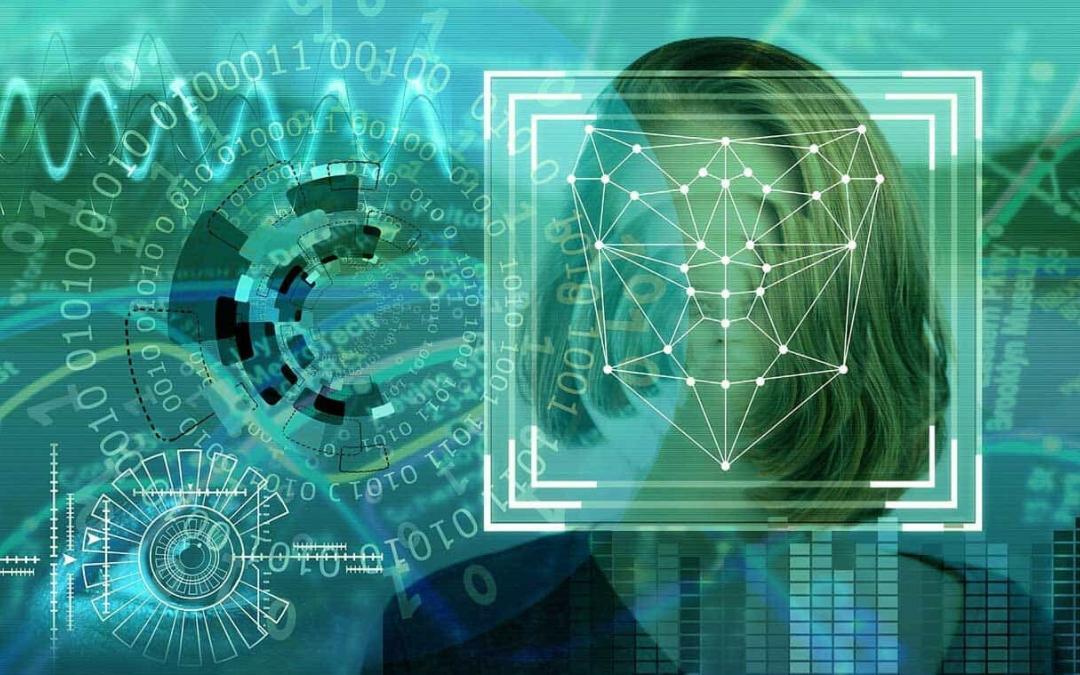With so many different authentication methods available in the twenty-first century, which one should you choose?
Chances are you’re familiar with the more popular biometric authentication methods, especially with the majority of smartphones utilizing at least one of these. For example, the new iPhone has face recognition, while a few of the older models such as the iPhone 7 and 8 contained fingerprint authentication.
As well as smartphones making use of this technology, it is also used for security and access points in banks, schools, hospitals, and public offices – providing a security solution to specific areas.
However, the question we should be asking is why do we use biometric authentication?
Why do we use biometric authentication?
Biometric authentication is often a more secure authentication method than those previous, especially passwords or simple puzzles/codes which were had been used on older generation smartphones.
You see, biometric authentication requires the individual to be present – you can’t steal one’s fingerprint (or certainly not with ease)…, Face, or Iris – it’s just not going to happen – well, unless you’re James Bond.
So, what methods are there and what works best?
Good question! There are many, many methods of biometric authentication nowadays, including Fingerprint, Iris scanner, Face scanner, Signature detector, Voice recognition, DNA matching, and even vein pattern recognition…
However, the two main ones which have gained the spotlight in recent years are both the Iris and Face scanner – both of which are used for security purposes and access points for public and private buildings.
Face scanner vs. Iris scanner?
Generally, the Face scanner is quicker to identify and verify your identity, however, it could be argued that the Iris scanner is a lot more accurate. Nevertheless, with that being said both methods are extremely accurate, especially when compared to older methods of verification.
If using systems in the dark to verify authentication then the Face scanner will most likely work better, while also requiring less hardware to get setup. However, if you will not be using this scanner in the dark, then the Iris scanner is the more accurate and secure of the two, but it does require slightly more hardware.
This is because the Iris adjusts to the light, meaning it may take several seconds if not longer to verify your identity whereas a Face scanner recognizing your face shape and individual characteristics, not requiring as light conditions to be fully effective.
Therefore, the Iris scanner is more frequently used for building access/security and even imagination and border control access.
Are you looking for biometric technology?
We provide biometric authentication technology, including eye lock voice patterns, and the identification of individual characteristics. The technology is available for both indoor and outdoor systems, helping to improve both corporate and public systems – keeping those out who should not have access, and keeping those in who should.
For more information on how biometric technology solutions, please click here.
The bottom line
With there being so many different biometric authentication methods out there it can often be difficult to decide which is best for your business. However, we’re here to make that decision easy.
We personally recommend either the Face or Iris scanner, providing you with top of the line technology with security that matches. With that being said, if you are looking for security solutions for public or private buildings, whether indoor or outdoor the Iris scanner is much more accurate and our number one suggestion.

